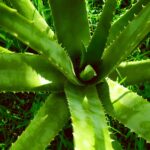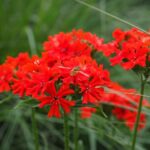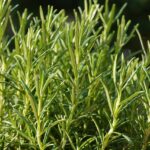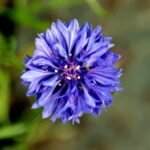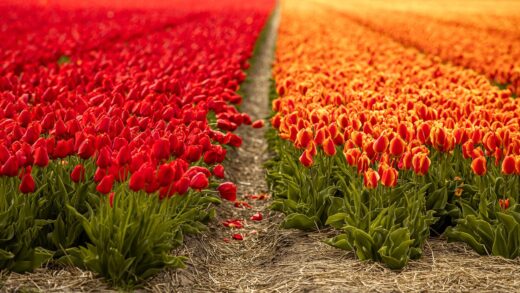Pruning and cutting back the Dahlberg daisy
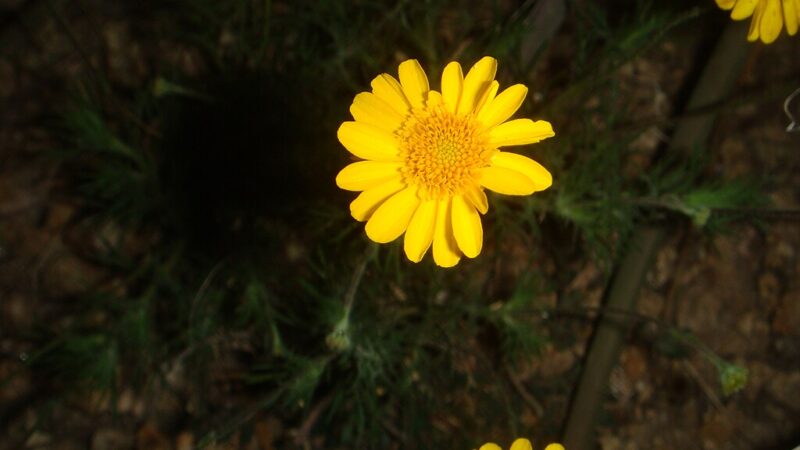
Pruning and cutting back the Dahlberg daisy are simple yet highly effective maintenance practices that can significantly enhance the plant’s appearance, health, and flowering performance throughout the growing season. Although this resilient annual does not require intensive pruning to survive, a few timely trims can make the difference between a plant that looks merely acceptable and one that is truly spectacular. The primary goals of pruning this species are to encourage a bushier, more compact growth habit, to stimulate the production of new flowers by removing spent ones, and to rejuvenate the plant if it becomes tired and leggy in the mid-summer heat. These techniques are easy to master and reward the gardener with a more vibrant and longer-lasting floral display.
The most frequent pruning task associated with the Dahlberg daisy is deadheading. This involves the removal of faded or dead flower heads before they have a chance to produce seeds. While the plant will naturally continue to produce some new blooms without this intervention, deadheading channels the plant’s energy away from seed production and redirects it squarely into creating more flowers. This simple act results in a more prolific and continuous show of color, keeping the plant looking fresh and tidy.
Beyond deadheading, a more significant “haircut” or shearing may be beneficial, particularly during the peak of summer. It is common for Dahlberg daisies to become somewhat leggy and open in the center after their initial vigorous flush of spring growth. Cutting the entire plant back by about one-third can feel drastic, but it is a highly effective method of rejuvenation. The plant responds quickly by sending out a multitude of new side shoots, resulting in a fresh, dense mound of foliage that will soon be covered in a new wave of blossoms.
Proper technique and timing are important for achieving the best results from pruning. Using clean, sharp tools will ensure that cuts are made without crushing the plant’s delicate stems, which can create entry points for disease. Understanding when to perform these tasks—deadheading as an ongoing process and shearing as a mid-season refresh—allows the gardener to work with the plant’s natural growth cycle to maximize its beauty and vigor from planting until the first frost.
The purpose and benefits of deadheading
Deadheading is the horticultural practice of removing spent flowers from a plant. The primary biological purpose of this is to interrupt the plant’s reproductive cycle. Once a flower is pollinated, the plant’s energy is naturally directed towards developing seeds to ensure the next generation. By removing the faded flower head before seeds can form, you are essentially tricking the plant into thinking it has not yet successfully reproduced. In response, it will channel its resources back into producing more flowers in a renewed attempt to create seeds.
More articles on this topic
For a profusely blooming annual like the Dahlberg daisy, this results in a dramatically extended and more abundant flowering period. A plant that is regularly deadheaded will produce significantly more blooms over the course of the season than one that is left to its own devices. This simple task is one of the most effective ways to maximize the color and impact of the plant in your garden. It ensures that the plant’s energy is used for the gardener’s desired outcome—more flowers—rather than the plant’s natural goal of seed production.
Beyond the biological benefits, deadheading also has significant aesthetic advantages. Removing the brown, shriveled remains of old flowers instantly improves the plant’s overall appearance, keeping it looking clean, fresh, and well-tended. A tidy plant covered only in vibrant yellow blooms and green foliage is much more visually appealing than one dotted with dead flower heads. This process helps to maintain the plant’s ornamental value throughout the entire season.
Furthermore, deadheading can help to prevent unwanted self-seeding. The Dahlberg daisy can reseed itself quite readily in favorable conditions. While this might be desirable in some informal garden settings, in more manicured beds or containers, it can lead to seedlings popping up where they are not wanted. By consistently removing the flowers before they set seed, you can control the plant’s spread and keep your garden design intact.
Techniques for shearing and rejuvenation
As the summer progresses, especially during periods of high heat, it is natural for a Dahlberg daisy to experience a slight decline in vigor. After putting on a massive floral display in late spring and early summer, the plant can become leggy, with elongated stems that have fewer leaves and flowers. The center of the plant may also begin to open up, giving it a tired and straggly appearance. This is the perfect time for a mid-season rejuvenation shearing.
More articles on this topic
The technique is straightforward and requires a clean pair of garden shears or sharp scissors. Grasp sections of the plant’s foliage and trim them back, aiming to remove approximately one-third to one-half of the plant’s total height. The goal is to create a more uniform, rounded mound shape. Do not be timid with this process; the Dahlberg daisy is very resilient and responds exceptionally well to being cut back hard. This shearing removes the tired, flower-depleted stems and stimulates the dormant buds lower down on the plant to break and produce new, vigorous growth.
After shearing the plant, it is beneficial to provide it with a thorough watering to help reduce the stress of pruning and to fuel the new growth that will soon emerge. If the plant is in a container, this is also one of the few times when a light application of a diluted, balanced liquid fertilizer can be beneficial, providing the nutrients needed for the plant to quickly regenerate its foliage and form new flower buds. Within a week or two, you will begin to see a flush of fresh, new leaves.
This rejuvenation cut effectively resets the clock on the plant. The new growth will be compact and dense, restoring the attractive mounded habit the plant had earlier in the season. Shortly after the new foliage emerges, the plant will begin to set a profusion of new flower buds, leading to a second major wave of blooming that will often carry it through until the first frost. This simple act of shearing can transform a tired-looking plant in August into a star performer in September and October.
When and how to prune
The timing of pruning activities is key to their success. Deadheading should be treated as an ongoing task throughout the entire growing season. Make it a habit to inspect your Dahlberg daisy plants every few days. When you see flowers that are beginning to fade, wilt, or turn brown, simply pinch them off with your fingers or snip them off with a small pair of scissors. Cut the stem back to the next set of leaves or to a point where a new side shoot is emerging. This regular attention will keep the plant in a constant state of flower production.
The more significant rejuvenation shearing should be timed for when the plant begins to look genuinely leggy and flowering has noticeably slowed down, which is typically in mid-summer. In many climates, this will be around late July or early August. Avoid cutting the plant back severely late in the season, as it may not have enough time to recover and produce a new flush of blooms before the weather turns cold and the first frost arrives. The goal is to perform this task when there are still at least six to eight weeks of good growing weather remaining.
When performing any type of pruning, always use clean and sharp tools. Dull blades can crush and tear the plant’s stems rather than making a clean cut. These ragged wounds are more difficult for the plant to heal and can provide an easy entry point for diseases. Wiping the blades of your shears with rubbing alcohol before and after pruning, especially if you are moving between different plants, is a good practice to prevent the potential spread of pathogens.
Beyond these two main tasks, the only other pruning needed is general sanitation. At any point during the season, if you notice any leaves that are yellow, brown, or showing signs of disease, they should be removed promptly. This improves the plant’s appearance and, more importantly, enhances air circulation through the plant’s interior. Good airflow is essential for keeping the foliage dry and discouraging the development of fungal diseases.
📷Miwasatoshi, CC BY-SA 4.0, via Wikimedia Commons








